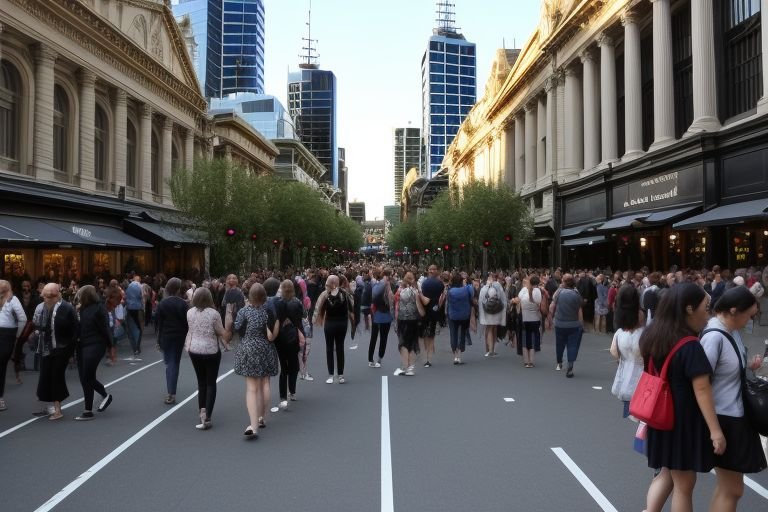In Melbourne today, the Greeks’ multicultural cultural heritage was at the fore as Ecumenical Patriarch Bartholomew paid tribute to the first Orthodox migrants who arrived in the city decades ago by conducting a moving Trisagion service at the historic Station Pier. This great event reminds Melbourne of its association with the immigrant people and their past today.
After the service, Patriarch Bartholomew called on the Hellenic Museum of Melbourne, and Rotund toured the building and the items displayed at the ex-Royal Mint building. I elected the Patriarch’s visit as a pervasive theme emphasizing the need to remember the past and history in the context of immigration and the construction of multiethnic societies.
Speaking at the museum, Patriarch Bartholomew also underlined the function of these establishments, which link the people of the diaspora to their roots. He acknowledged the museum as plural in its purpose of conserving and presenting aspects of Greek heritage, mentioning its importance in bringing together Greek people in Australia and in the world.
On the one hand, Melbourne pursues cultural tourism celebrating cultural diversity; on the other hand, the retail industry of the city looks quite promising and revitalised after the pandemic crisis. Sephora, the international beauty merchant, revealed that its new store in Australia would be launched on October 24, 2024, at Westfield Fountain Gate.
The new Sephora store will continue to engage customers to shop in the store in this new store concept that combines both physical and technology. The store will stock more than 100 brands, including big brands, namely Paula’s Choice and Rare Beauty, among others, by Rihanna’s Fenty Beauty. It is particularly important in view of the recent trend of retail business expansion in Melbourne and its position as one of the key retail centers in Australia.
When asked about the new store opening, Sephora Australia & New Zealand’s General Manager Mark O’Keefe said that he was delighted to bring Sephora to Laucke, especially as next year will mark Sephora’s tenth year in the Australian market. The expansion into Fountain Gate demonstrates Sephora’s commitment to the Victorian market and its confidence in Melbourne’s retail landscape.
L’Oreal’s beauty experts will be on hand in the run-up to the store opening as we partied in style at the grand opening of the Fountain Gate store, complete with live DJs, beauty stations, and only for the beauty connoisseurs, special pre-opening events. Such level of investment and enthusiasm signaled by the store opening is a good sign for Melbourne‘s retail industry, which gives hope for a revival of consumer confidence and consumer expenditure.
However, among all these virtues, Melbourne continues to experience strengths in losing its youthful people. Lamentably, there is a disturbing channel that suggests that young people are deserting the city in order to look for affordable houses to live in. It also poses future implications for the demographic and social makeup of Melbourne, the possible shrinking of successful urban cultural neighborhoods, and the future economic strength of Melbourne.
With the prices for inner-city apartments rushing upwards, youth is forced into the outer suburbs or even regions. The processes aforesaid may have serious consequences for the further changes of Melbourne’s economy, culture, and socio-political system. City planners and policymakers are expected to feel more pressure for affordability and the ability to keep newcomers interested.
However, Melbourne still proved how it could withstand and overcome these challenges that were beyond its control. Thus, the issues connected with housing affordability are balanced by such factors as the diversified economy of the city, the active and well-developed cultural scene, and the continuous shopping center growth. Given the continued profitability of ventures such as Sephora and the ongoing acknowledgment of Melbourne’s multicultural profile, it seems that the city is still a successful hub for both enterprise and ethnically-representative identity.
At the same time, Melbourne will have to ponder the above-mentioned dynamics, and various stakeholders will be expected to address their common problems and support the city’s development based on its advantages. The coming months and years will be critical in shaping Melbourne’s future, determining whether it can maintain its status as one of Australia’s most livable and dynamic cities.

